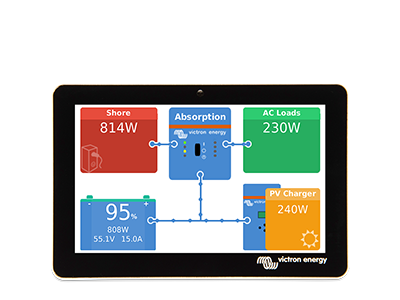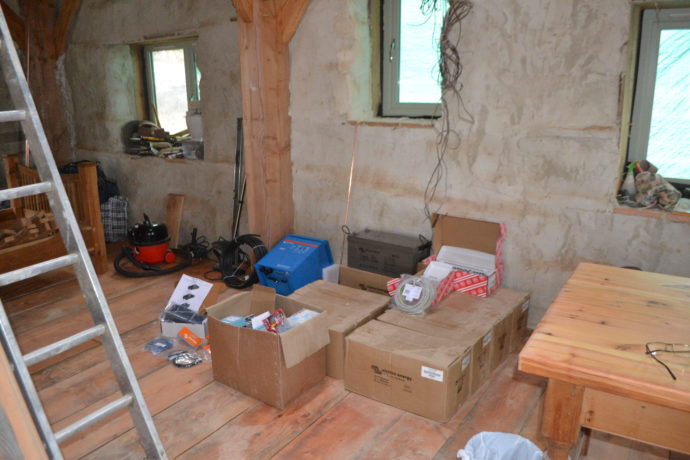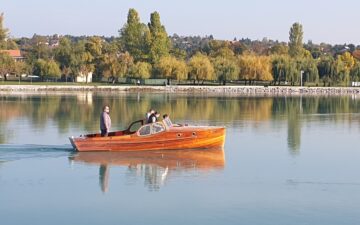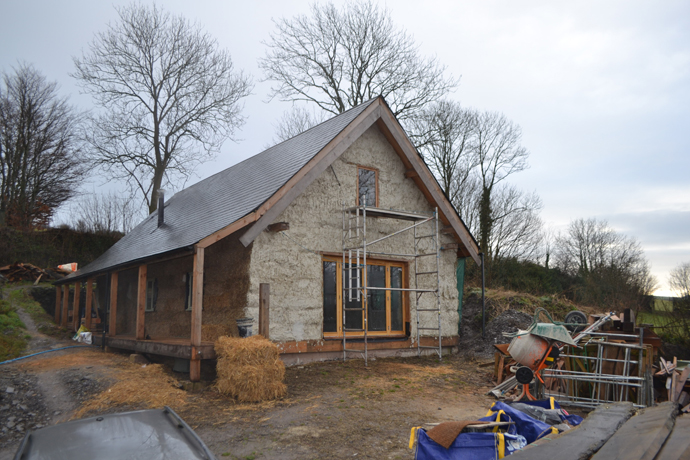
Flies
They don’t tell you about the flies when considering building a house using Straw Bales. Because crops are harvested in August or September, before we got our house wind and weather tight we could only watch as flies – by the thousand – swarmed in during the late autumn sunshine to settle in the nooks and crannies of our stacked-bales and made themselves comfortable for the winter. We didn’t hear a buzz out of them until last week when our friends arrived – the first people to sleep in the house-in-build.
Intending to make them welcome – our friends, not the flies …one of whom is an electrical engineer who’d arrived to install our Victron off-grid kit – we lit the fires to warm the house for the first time in their honour. Within an hour flies, emerging from hibernation early in the belief that spring had arrived, began to rain down from the rafters onto their heads, into our wine glasses, or simply to hit the floor with a soft ‘Pat’ whilst we sat chatting with one hand covering our glasses. There are only so many times you can apologise.
Gary got to grips quickly with the kit, designed a layout for them, and began a three-day read-the-manual, then-wire marathon.
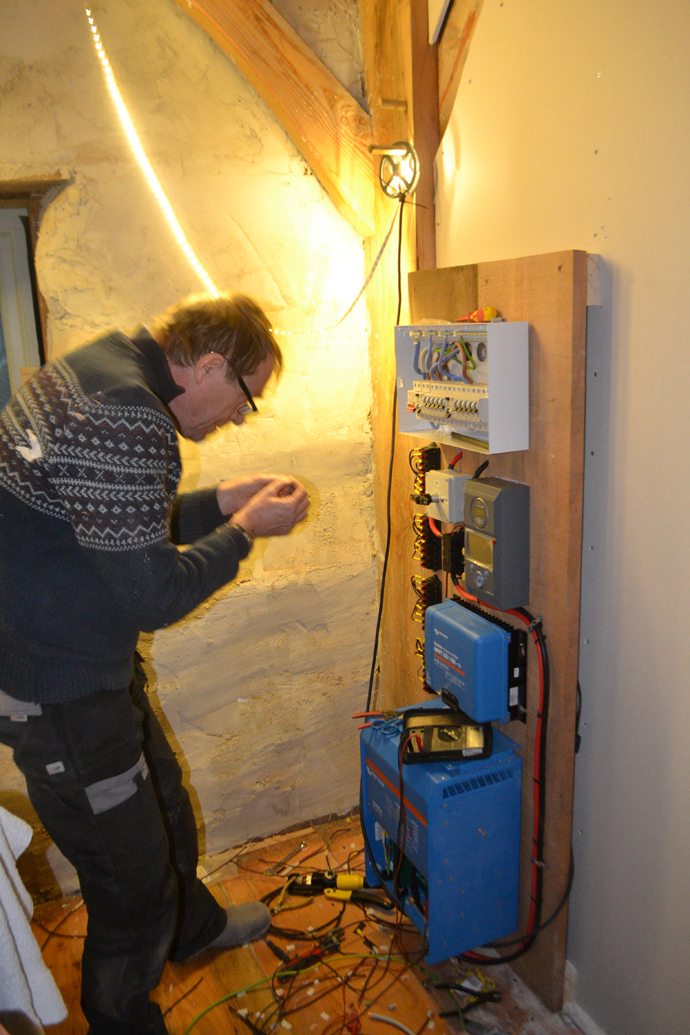
Our solar panels were installed on the roof almost six months ago (you build the roof before the walls with Straw Bale houses) and somewhere along the way the labels had come off three of the fifteen pairs of wires arriving in the house from the roof. We identified them by shading each of three unlabelled panels (using a foam insulation board lifted onto the roof with a long stick) and when we detected a big voltage drop on the anonymous wires – we knew we’d identified the panel to which panel it belonged.
The batteries have been installed under the stairs (I reinforced the floor-joists to take the 500kg weight), and the clever bits (Inverter, MPPT, Color Control) have been installed the other side of the wall, with all the cabling running within the wall void. Realising that a bit more ‘house’ would have to be built to accommodate the electronics, I quickly built the stairs ‘half-landing, and the wall:
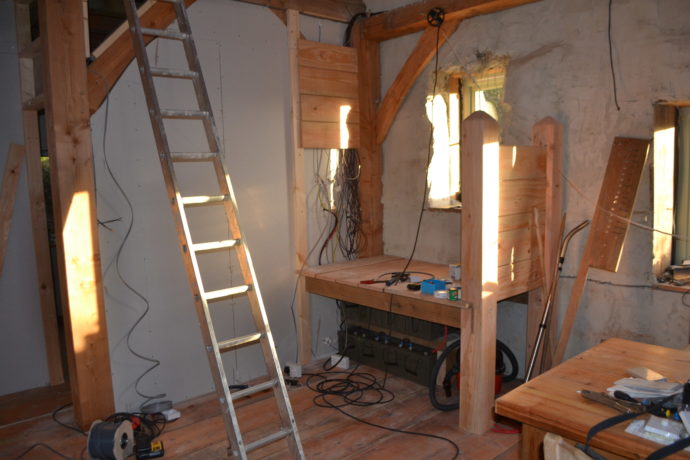
After… the batteries are under what will be a stairway ‘half-landing, wizardry is the other side of the wall.
Sunburst
I knew that Gary – who used to work for Cable and Wireless – was impressed with the Victron equipment because he kept emerging from the manual to tell me something else it could do! By day two he’d decided to buy himself a Victron solar installation. When he’d got everything connected there was quite a ceremony as he threw the switch. Linda and I spent the first two days running up to the Colour Control information display every time there was a sunburst.
We haven’t completed the installation through to programming it, but having survived an electricity desert for almost a year it’s proved too tempting not to use the system on its factory defaults.
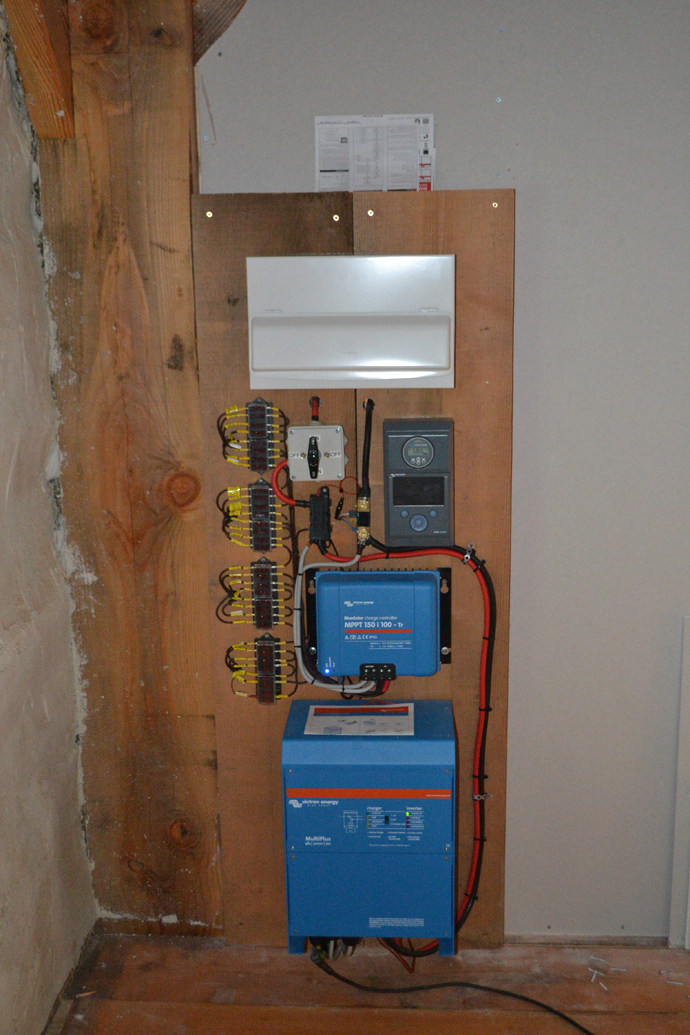
Only if you haven’t had a bath for a year can you understand the pleasure of filling the bath with hot water – silently pumped by the inverter, and heated free of charge by the wood-fired range – and then lowering yourself into it’s steamy vapours.
I mentioned in a previous blog that Linda and I lived on board a sailing boat for seven years. Everything we consumed then – water, food, electricity, diesel, firewood, wine – had to be replaced. We were fairly blasé about running out of the first five because if we ran low we could adjust our rate of consumption. Carelessness in our early sailing days taught us a lesson necessary for our comfort which our ancestors would have depended upon for their very survival: When resources are finite (and they all are) use them wisely. Eventually we became quite good at managing our resources.
But in order to make good decisions you need good information. Our new solar power installation is already providing that information: For the first time in our lives we know exactly how much energy our domestic appliances consume; how much energy our solar panels are generating; and what the difference is between the two. And by looking at the weather forecast for the week ahead, we know the prospects for replacing any deficit, renewably.
Flexibility
We can plan our electricity use for the week ahead in the same way: On dull winter days the output from our solar panels will be limited. By looking at the long-range forecast we can plan to run the generator on a day which will be dull and at the same time take that opportunity to do the weekly washing, vacuum up the dead flies, and machine a load of timber – power from the generator all-the while topping-up the batteries.
Since turning our installation on a week ago we’ve been dogged by February fog. In the next blog we’ll have completed the installation, programmed with remote help from Phil Smith at Barden. The sun will have started to shine by then. I’ll let you know how the system matches our expectations.



